J. Irwin and Xenia S. Miller Prize
✤
Studio Cooke John
✤
J. Irwin and Xenia S. Miller Prize ✤ Studio Cooke John ✤
Nina Cooke John by Ball and Albanese
J. Irwin and Xenia S. Miller Prize
Studio Cooke John
New York, New York
Studio Cooke John is a multidisciplinary design studio founded by Nina Cooke John that values placemaking as a way to transform relationships between people and the built environment. Collaborations with clients yield insights that inform how we transform spaces within the home and the public realm alongside a network of craftsmen, fabricators, and consultants. What emerges are spaces tailored to each client’s needs, revealing elements of serendipity and surprise that last a lifetime. Born in Jamaica, Nina has always been inspired by the art of transforming everyday hardships and limitations into innovative solutions through multiple spheres of life. She earned her Bachelor of Architecture from Cornell University and a Master of Science in Advanced Architectural Design from Columbia University.
Site: First Christian Church Courtyard

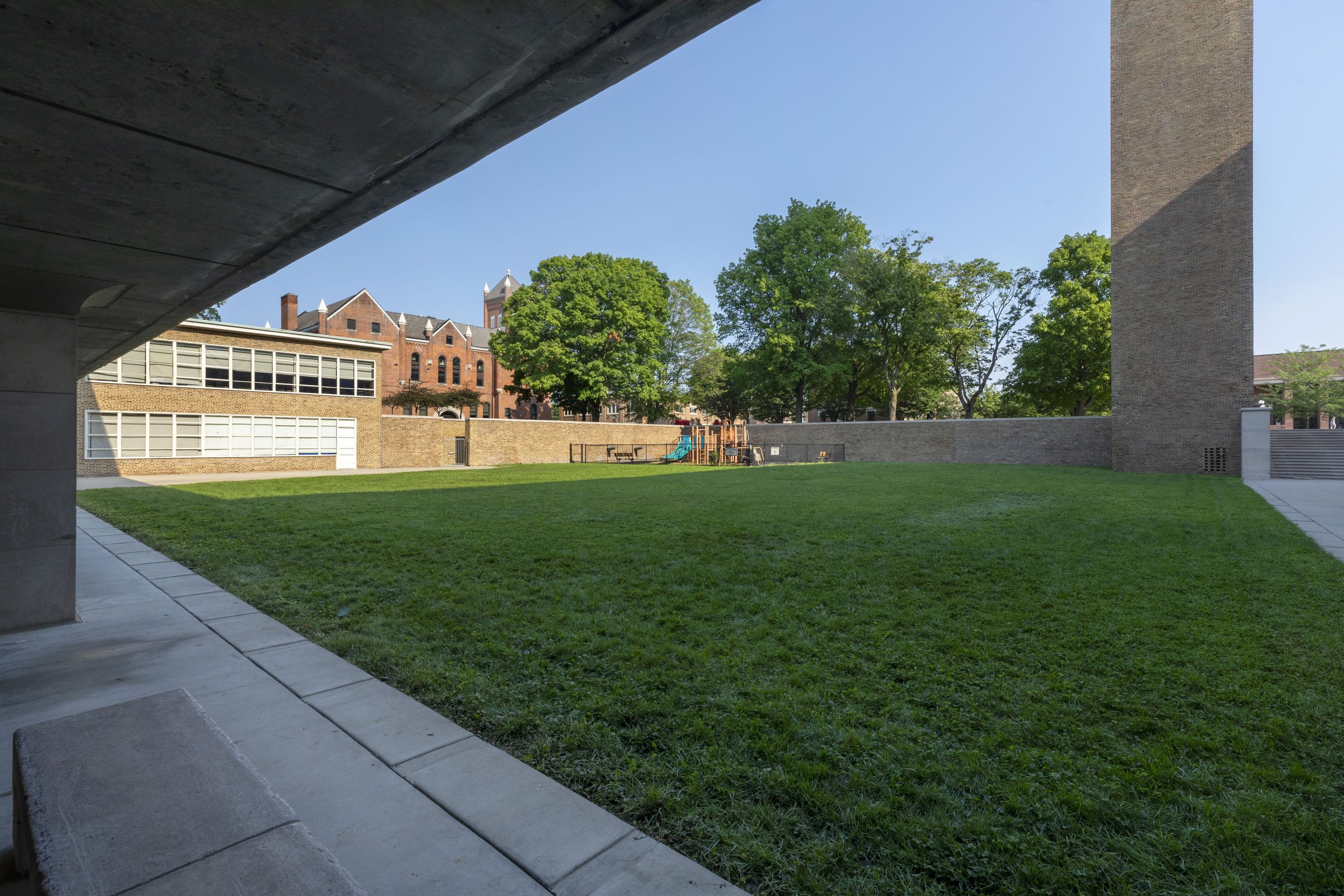
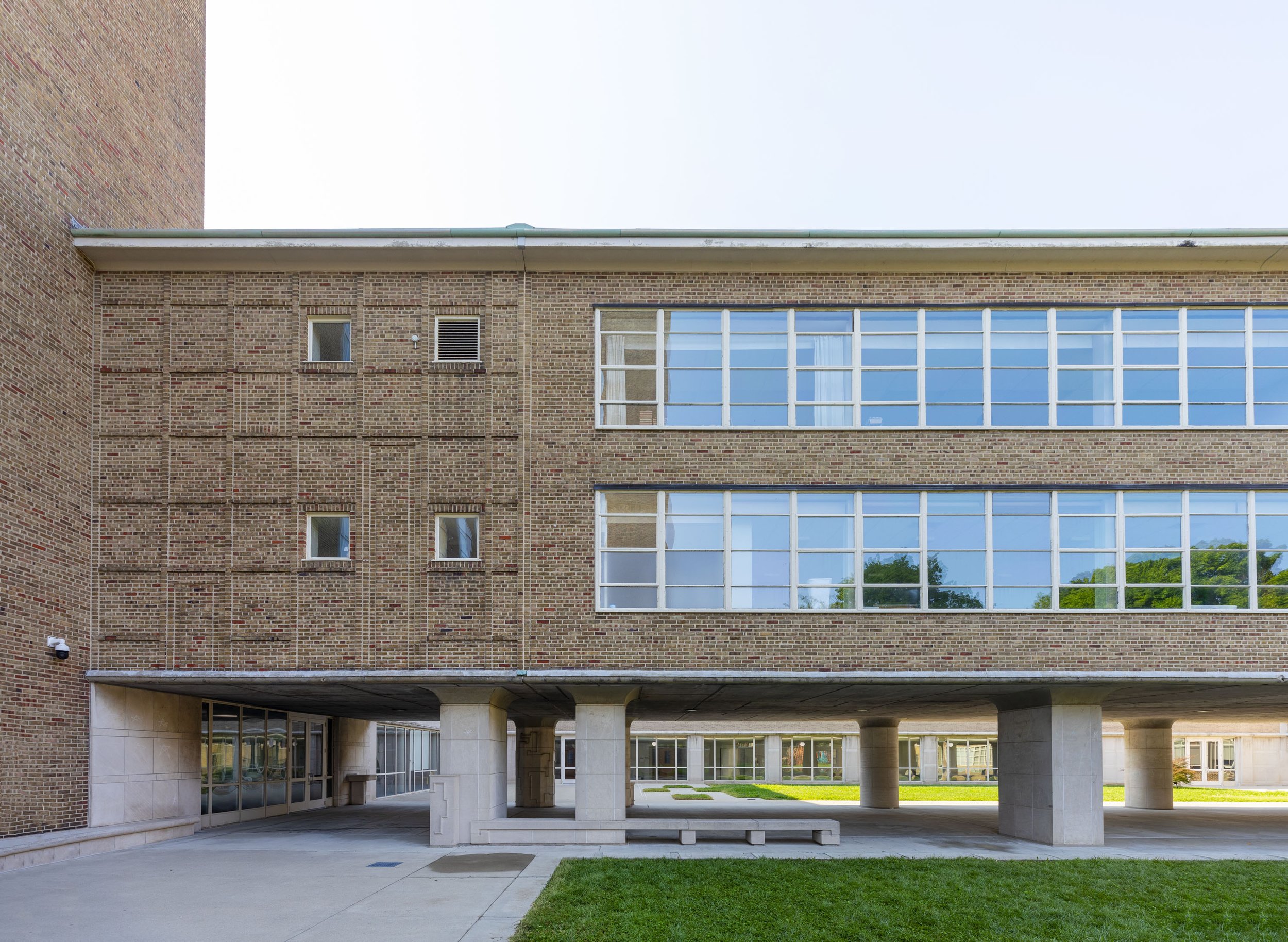
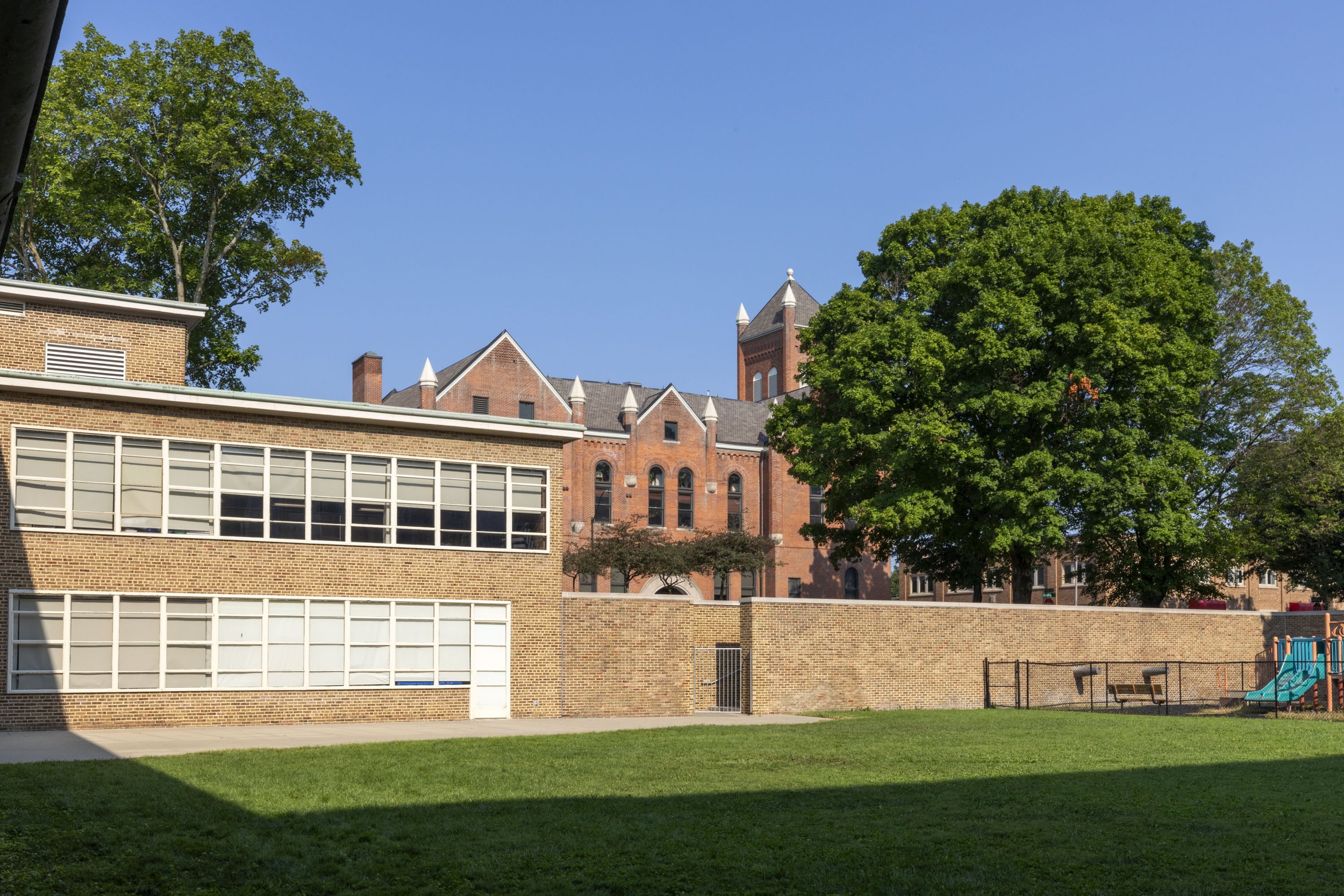
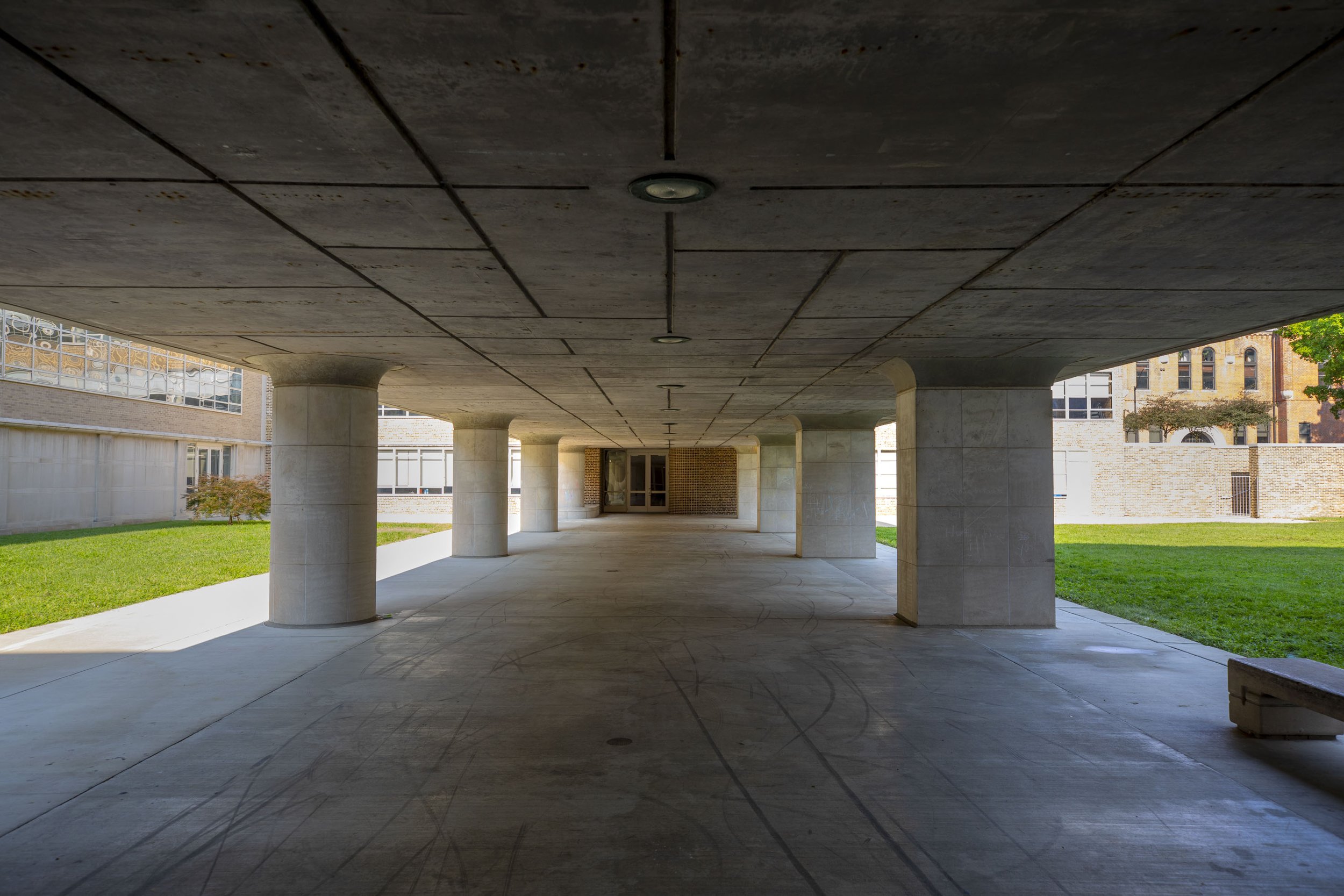
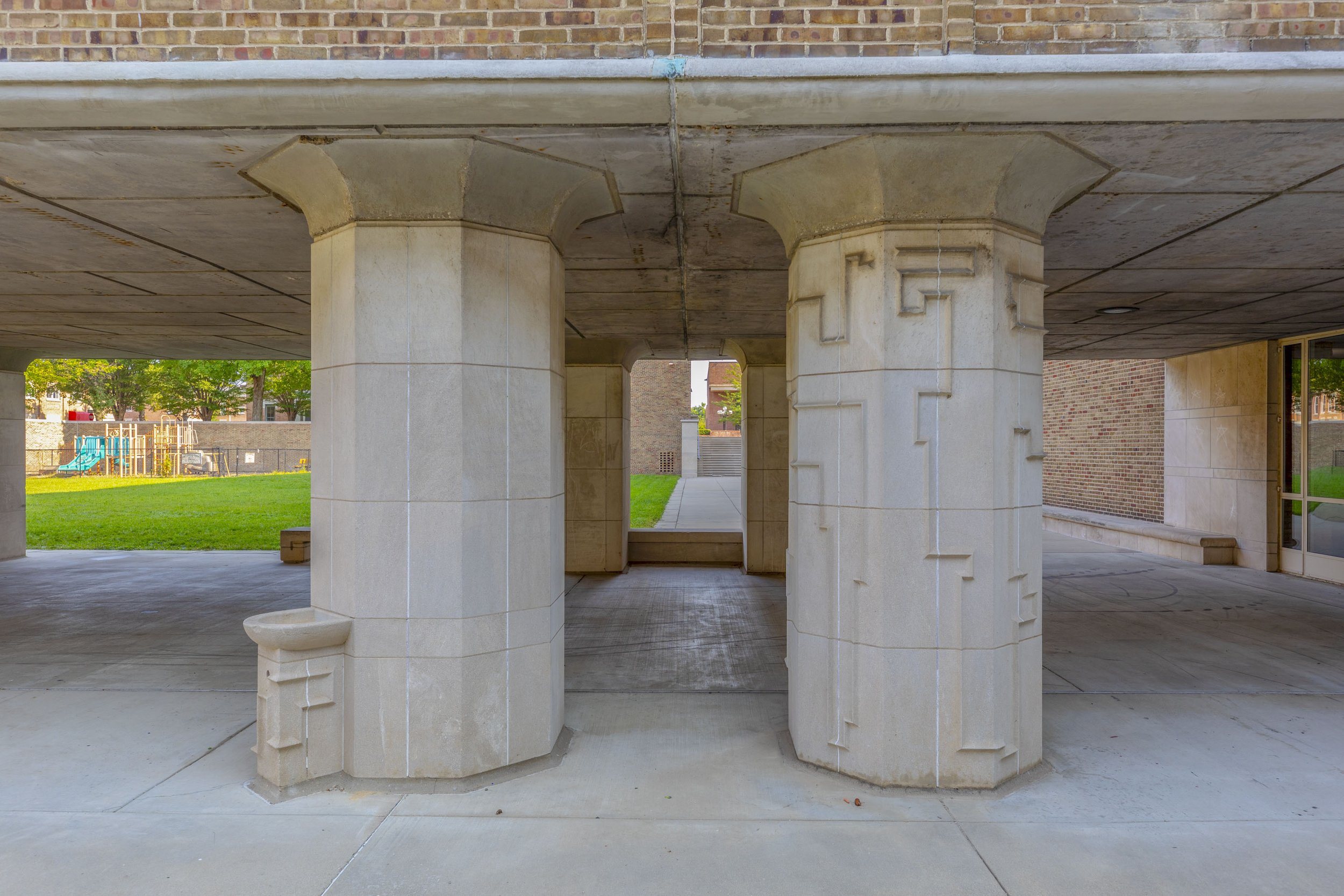
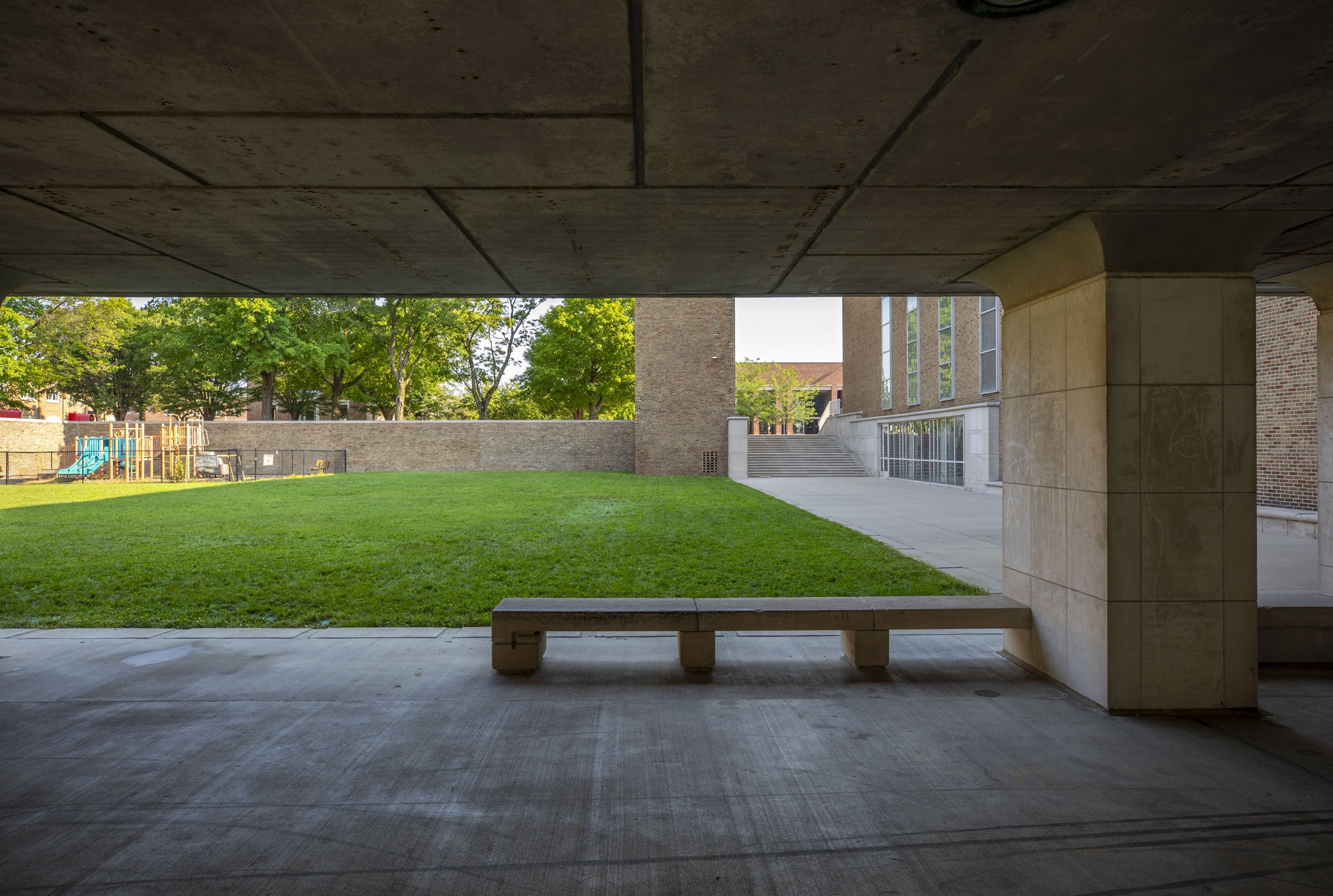
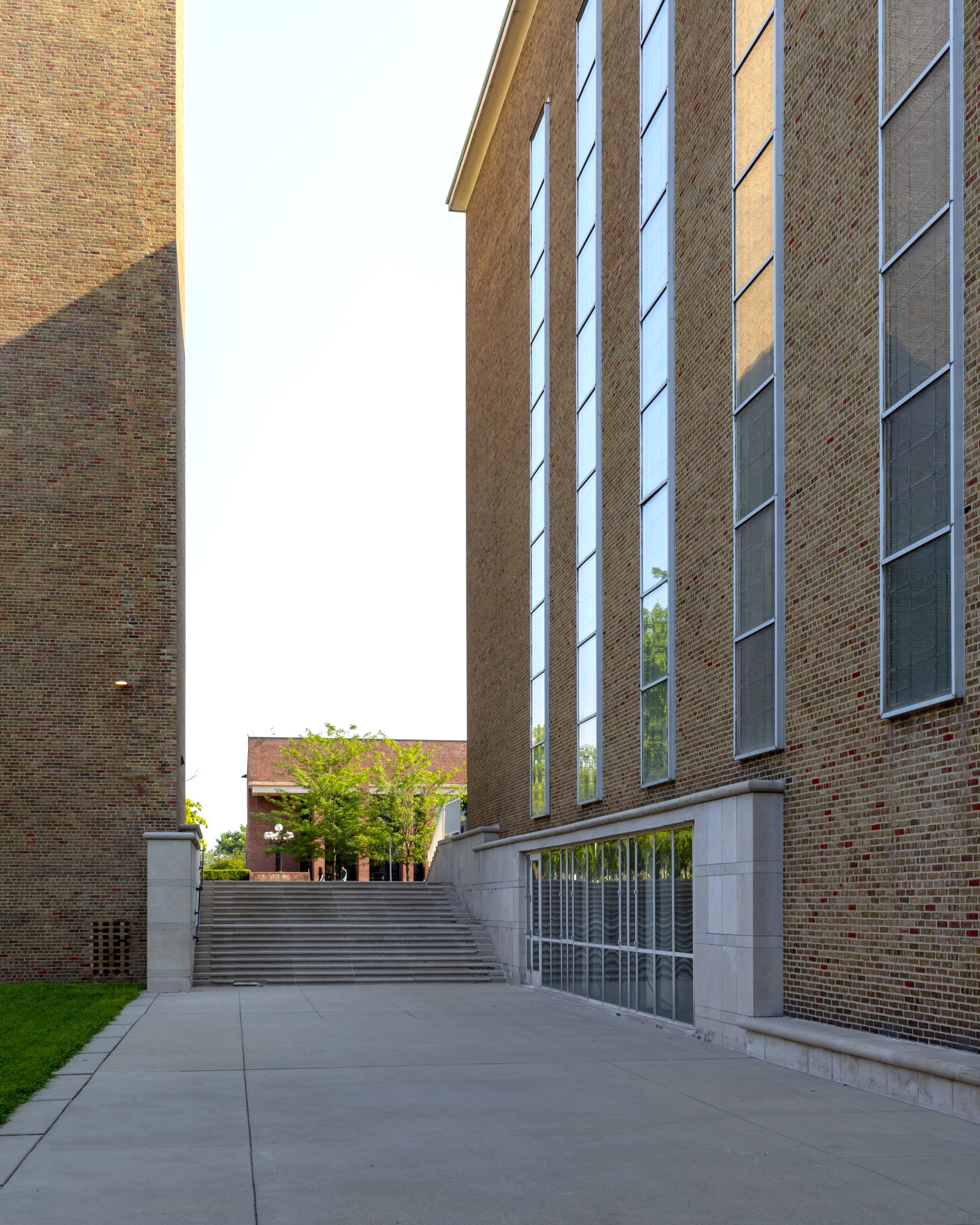

Previous Work
Point of Action
The installation invites New Yorkers and visitors to contemplate the experience of seeing one another—and being seen. Once the viewer steps out of their usual routine and into the installation’s threshold, there are multiple opportunities for connection with fellow viewers and with passersby. Six-foot circles affixed onto the Flatiron Public Plazas create nine “spotlights,” each with its own vertical metal frame. Ropes weave through each frame and part, like a curtain figuratively pulled aside, to make room for the viewer to take the spotlight, connect with other viewers across the Plazas, and take action as they move out and beyond. Lighting emitted from a halo above each circle strengthens the framing; lights embedded into the sides of each frame add another layer to the viewer. Photo by Cameron Blaylock.
Two Boxes of Oranges and Admonia Jackson
Two Boxes of Oranges and Admonia Jackson is inspired by images of the ships found at the Hotel Indigo site in 2015 and the Robinson Terminal Site in 2018. The remains of each wreck – its form and texture – and the archaeological digs, sites of layered information exposed bit-by-bit through excavation, open up windows into another time. The 18th century ships remind us that Alexandria’s history is deep. The archaeological sites remind us that this history is layered.
This installation abstracts a ship’s hull. The steel verticals rise and bend referencing the curve of the hull’s frame and spread across the site to form the rough outline of a ship. Visitors can stand within the space and imagine another time - a time when the ships carried tobacco, molasses, rum and limes, alongside enslaved people who were traded as part of the trans-Atlantic and domestic slave trades. Lists of cargo such as “herring”, “coconuts” and “gin” are painted on the ground and embedded in the steel alongside names like “Jane Tailor, female, 5’-2”” replicating text found in ships’ manifests. Also listed are “two boxes of oranges” and “Admonia Jackson”. Photo by Courtesy of City of Alexandria.
Shadow of a Face
Harriet Tubman’s profile in the monument is larger than life. She can be seen from far away. She is elevated to her rightful place of honor as we give due praise to her achievements. However, we can never know her fully, nor should we ever elevate our heroes such that they are not understood as being human. It is in their humanity that we see ourselves. So, though we lift her up in the monument, we also connect with her as her face appears, larger than life, on the ‘Portrait Wall’ at eye level. We see our face in hers. Her face is made of a mosaic of large pieces. The pieces create a texture that encourages touch. The texture of the mosaic is repeated, at a different scale, at the inner surface of the Portrait Wall using ceramic tiles each with the story of a different Newark resident. The mosaics, along with the audio of the community voices playing from integrated speakers, reinforce that this is a monument for the community by the community and that Harriet’s story is their story. It also adds to the multi-sensory experience of the monument.
The timeline of Harriet Tubman’s life is etched into the black locust wood on the outer surface of the ‘Learning Wall’. At the inner surface, text on Corten steel panels tell the Black Liberation story of Newark. Lastly, her ‘Cloak’ is made up of a metal frame and wrought iron sinews that mimic the network of freedom fighters while signifying protection.
Warm materials, integrated sound, texture, and light enhance the visitor experience and engagement with the physical forms and educational content. Photo by Tony Turner Photos.



